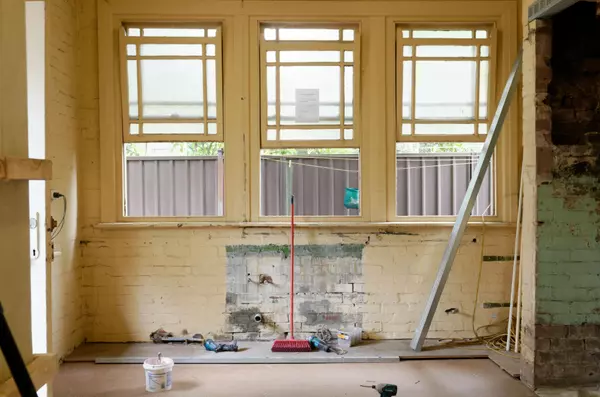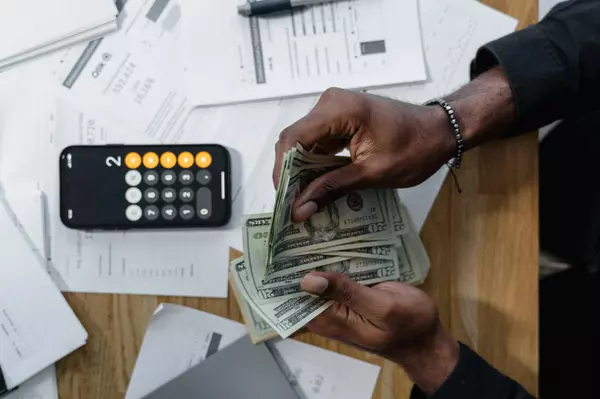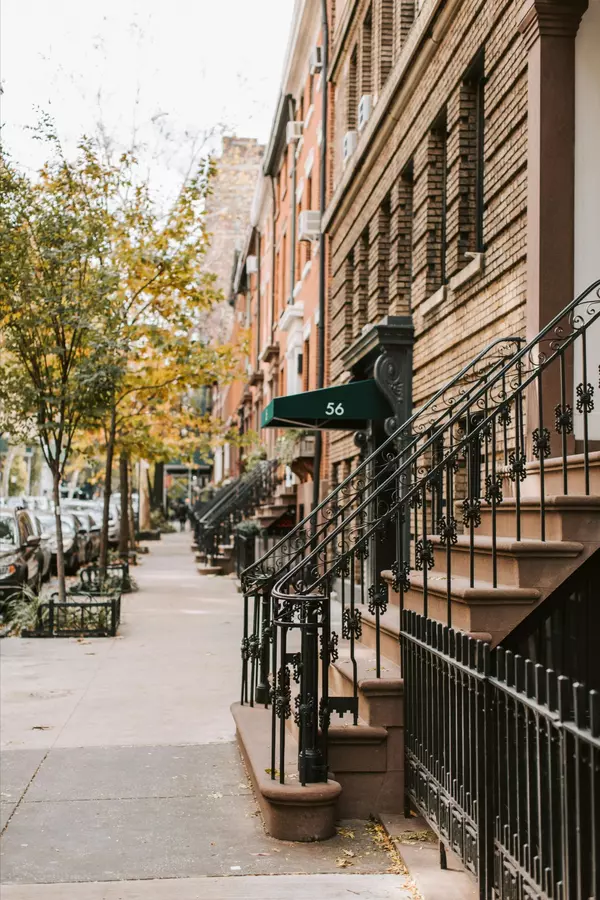What to Expect: Real Estate Trends for the Rest of 2025
Let’s cut through the noise: The second half of 2025 is not about what the “experts” are repeating—it’s about what real buyers and sellers are actually doing in our local market.
In Queens, Brooklyn, Nassau, and Suffolk, we’re already seeing signals that the rest of the year won’t play out the way it did in 2022–2024. If you're planning to buy or sell in the next six months, these trends should be on your radar.
1. Multigenerational Buying Is Becoming the New Normal
We’re seeing a spike in daughters co-buying with mothers, couples teaming up with siblings, and families going in on duplexes or multifamily properties. Why? It’s a workaround for high prices and high rates.
What this means: If you’re not open to creative financing or shared ownership, you may get priced out—or left out.
2. Renovation-Ready Homes Are Back in Style
Buyers who once wanted turn-key perfection are now hunting for “light fixer-uppers” they can customize over time. FHA 203(k) loans and seller credits are on the rise.
What this means: If your home needs updates, it can still sell strong—if it’s priced right. And if you’re buying, don’t overlook the power of sweat equity.
3. AI-Priced Listings Are Missing the Mark
Zillow, Redfin, and other algorithm-based price tools are getting it wrong in Queens and Long Island—especially in culturally rich or rapidly evolving neighborhoods. I've seen buyers skip great homes because a Zestimate was $40K off.
What this means: Use tech as a tool—not a bible. Let a local expert help you run real numbers.
4. Pre-Approvals Are the New Currency
Yes, cash is still king—but in many neighborhoods, a fully underwritten pre-approval is nearly as powerful. Sellers are tired of flaky financing and want deals that close quickly.
What this means: Make sure your lender doesn’t just pre-qualify you—get that pre-approval locked and legit.
5. Rate Fatigue Will Trigger Micro-Price Drops
Rates probably won’t drop below 6% in 2025—but buyer fatigue might soften prices in certain price points and zip codes. This fall, homes that are even slightly overpriced may sit longer or see small reductions.
What this means: Pricing your home “aspirationally” could cost you time and money. And if you’re buying, fall 2025 may offer more room to negotiate.
Bottom Line
The second half of 2025 will reward those who are strategic—not just fast. Whether you're teaming up to buy, listing an inherited home, or trying to win in a crowded market, now is the time to adjust your strategy to what's really working.
Want real talk about your 2025 plans?
Book a consultation today and let’s tailor a plan that works for you—not the algorithm.
Recent Posts










GET MORE INFORMATION

